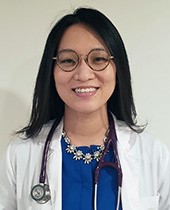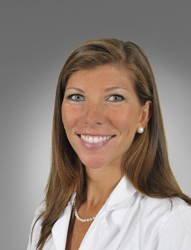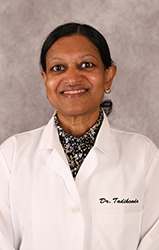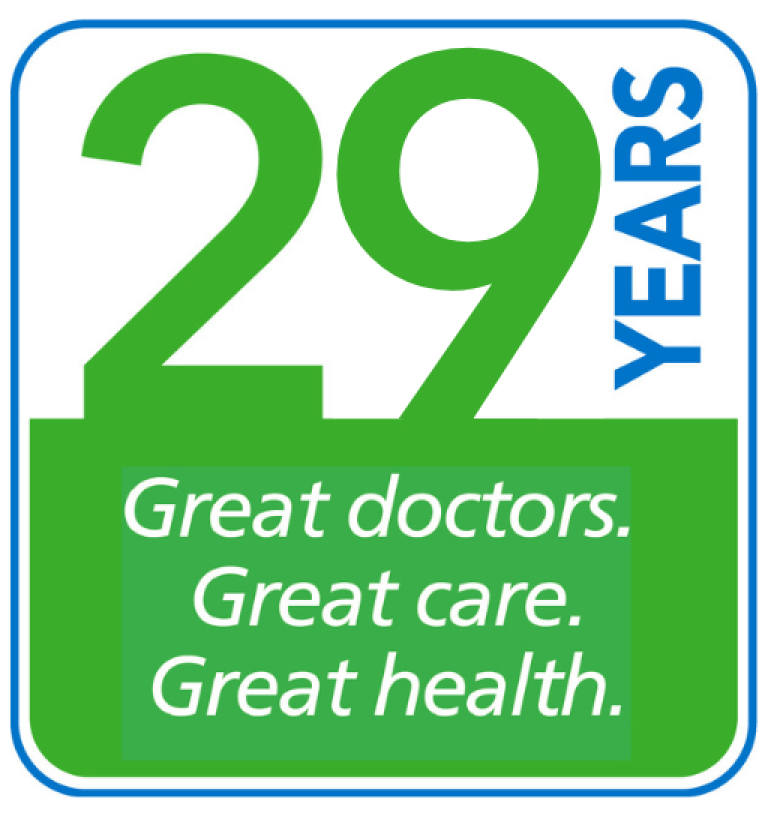By: ARIEL J. WARDEN-JARRETT, MD, FAAFP
Maryland continues to have one of the longest wait times for patients to be evaluated in the emergency department. At one point, wait times in some hospital systems were as long as 16-24+ hours. I think most of us can agree that this is ridiculous, but that does not change the reality.
Our hospital systems and state legislators are looking in depth as to why this is the case. In the meantime efforts were made to pass legislation that would allow qualified immigrants to apply for certain hospital positions in order to help decrease staffing shortages. Only time will tell if this proves to be an effective measure. I think the root of the problem exceeds hospital staffing issues. We need more access to primary care physicians.
As a board-certified family physician, I have some tips to share with you that may help you and your family avoid the emergency department in the first place. I believe one of the possible root causes of prolonged wait times is that individuals are not utilizing the primary care setting appropriately. Health issues that could be optimally addressed in this setting are getting pushed to the understaffed and overwhelmed emergency department settings. This won’t be solved overnight, but here are 10 things you can do to decrease your need for an emergency department visit, because we want to keep you out of the emergency departments, and utilize them for true emergencies…
- Establish a relationship with a primary care physician. Someone needs to know you and care about your specific needs. You are important and special!
- Schedule your annual physical. This gives you an opportunity to discuss your health, identify potential concerns and place a treatment/prevention plan in place. After all, healthy people tend to not need the emergency room on a regular basis, if at all.
- Schedule regular interval visits with your provider to maintain/control your chronic health conditions. For example, If you have asthma, COPD, diabetes, heart disease or other significant condition, you should have an action plan — this will help to decrease your chances of needing the ER.
- Do not wait until the last minute to call your doctor’s office when you have an urgent need. Yes, we have staffing issues too, but we are here to serve you. Let the trained staff help guide you to seeing an available provider who can evaluate you ASAP rather than “waiting” to see your preferred provider who may be booked up. At MPCP, we consider you our family. Yes, you have a preferred provider, but during an emergency, if your preferred provider is not available, it’s ok to see another provider in the office.
- Do not let your medications run out. If cost is a concern, let your provider know, as we have access to some programs that may be able to assist you. We do not want your health to deteriorate because you did not have access to your medication(s). We want to help you stay as healthy and robust as possible.
- When in doubt, call us. Our trained staff can triage your needs to guide you as to prioritizing the setting where your health concerns should be addressed (office, after-hours telemedicine, urgent care or the emergency department).
- Make your health a priority! Years ago, a patient told me that when they became sick at work, their employer refused to let them leave for a doctor’s visit and told them to go to the ER after work. Sadly, that is what happened, but it is wrong! You have employee and patient rights. Become familiar with them, exercise them and advocate for yourself.
- Ensure that you are building a robust immune system. Get adequate sleep (7-8 hours/night), exercise 45-60 min at least 3-5 days per week, avoid excessive caffeine, limit stress, eat balanced and healthy meals, limit alcohol intake, spend time outdoors (with sunscreen), spend time with family/friends.
- Know your medications and take them as prescribed. Review them at each visit with your provider. Let your provider know about supplements or other medications you may take. This will help to decrease medication-related emergencies.
- Read number 6 again.
At MPCP, we strive to create the best healthcare experience for you. Thank you for allowing us to be a part of your patient-centered medical homes.






